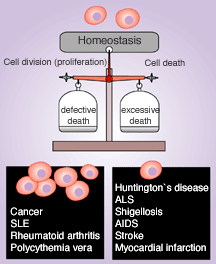The Nobel Prize in Physiology or Medicine 2002
Nobel Prizes and laureates
Eleven laureates were awarded a Nobel Prize in 2023, for achievements that have conferred the greatest benefit to humankind. Their work and discoveries range from effective mRNA vaccines and attosecond physics to fighting against the oppression of women.
See them all presented here.
See them all presented here.
Explore prizes and laureates
Look for popular awards and laureates in different fields, and discover the history of the Nobel Prize.

